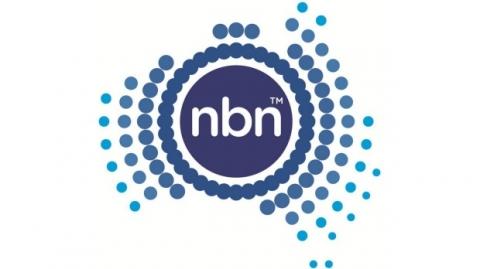
The NBN middle ground
The FTTdp option is discussed in The Australian to provide a description of how FTTdp can be deployed using several different scenarios, one of which is already being deployed in Europe and a much smaller and less ambitious rollout is being planned by NBN Co. A high density FTTdp rollout is possibly a middle ground approach between FTTP and FTTN, but this scenario is yet to be adopted.
Read the full article below
The question of whether Fibre to the Distribution Point (FTTdp) is a viable alternative to Fibre to the Node (FTTN) or simply an interim step for a future upgrade from FTTN to Fibre to the Premises (FTTP) has become a focus of the NBN debate. It’s the middle ground option that many hoped would attract bipartisan support but that looks increasingly unlikely. The Turnbull government is committed to pursuing the cheapest approach to rolling out the National Broadband Network.
As things stand, about 30 per cent of Australians will get FTTN which uses up to one kilometre of copper, the existing telephone wires, to connect premises to nodes. These nodes are connected by fibre to locations where the traffic from neighbouring nodes is aggregated and sent over transit links to one of the 121 Points of Interconnect that make up the network.
FTTP connects premises to optical nodes over a distance of up to 20 kilometres and typically 24 premises are connected to one fibre by using an optical splitter. This approach requires far less nodes and doesn’t have the same power requirements as FTTN.
The middle ground
FTTdp falls between the two approaches by getting the fibre to within no more than 80 metres from premises and the final connection into premises uses the existing copper telephone wires. Switch the copper with fibre and you effectively turn the FTTdp into FTTP. FTTdp that uses GPON (Gigabit Passive Optical Network) as the technology on the fibre can operate over distances of up to 20 kilometres making it similar to FTTP.
The key difference between FTTdp and FTTP is the need for small distribution point unit (DPU) devices to be installed in pits in the street outside premises. These provide the optical to electrical conversion between the fibre and copper (telephone wires).
As FTTdp connections use up to 80 metres of copper and FTTN connections use up to 1 kilometre of copper, FTTdp provides a broadband connection speed advantage. FTTdp uses the G. Fast technology to provide connection speeds of up to 1 Gbps over 80 metres of copper and FTTN uses the older VDSL2 with vectoring to provide connection speeds of up to 100 Mbps over 800 metres of copper.
High density deployment
The NBN consists of three zones — high, medium and low density. Currently premises in the high density areas will be connected to the NBN using either FTTP, FTTN or HFC. In the medium density areas NBN Co is using fixed wireless to connect premises to the NBN. In low density areas satellite is being used to connect premises to the NBN.
Typically, the medium density areas fall on the outskirts of urban cities and regional towns and the fixed wireless towers are designed to provide broadband connections to about 180 premises. If there are individual or small groups of premises that fall just beyond the reach of FTTN and don’t justify the expenditure required for a fixed wireless tower, the option of using FTTdp to connect the premises to the NBN becomes viable, even though it means running fibre out to within 80 metres of the premises.
NBN Co has identified about 300,000 premises that fall into this category and have commenced a trial using FTTdp and DPUs with one to four ports — one port per home. This is a low density implementation of FTTdp.
In Switzerland, for the past 18 months, the local telecommunications carrier SwissCom is using FTTdp DPUs with 16 and 48 ports to connect small villages to the SwissCom network. This is a medium density implementation of FTTdp and it is possible that NBN Co may also use DPUs with 16 or 48 ports in some locations.
To replace FTTN with FTTdp, a high density implementation of FTTdp, there would be a need to remove the FTTN systems completely and to rollout fibre from the nodes to within no more than 80 metres from premises, which for most premises means to the telephone pits found in the street.
It is likely the high density FTTdp rollout would use either GPON or the third generation NG-PON2 as the technology to transport the data from the DPUs back to the optical nodes. What this means is that with FTTdp if a homeowner or a retail service provider installs fibre from the DPU to the home then the connection effectively becomes FTTP.
What about the cost?
FTTdp is slightly more expensive to rollout initially but much less than the 25 to 30 per cent more than FTTN claimed by the government. The other benefit is that the operational cost should be considerably less than FTTN. With the Labor opposition seemingly looking to make FTTdp the default option, the technology offers a tantalising value proposition.
Once the fibre is present past the premises homeowners or retail service providers can install the fibre into homes to get the higher connection speeds, reliability and higher performance quality provided by an all fibre connection. The big question is whether Labor is confident enough to convince the public that spending a little bit extra in the short-term is well worth the effort.
Mark Gregory is a Senior Lecturer in the School of Engineering at RMIT University.






